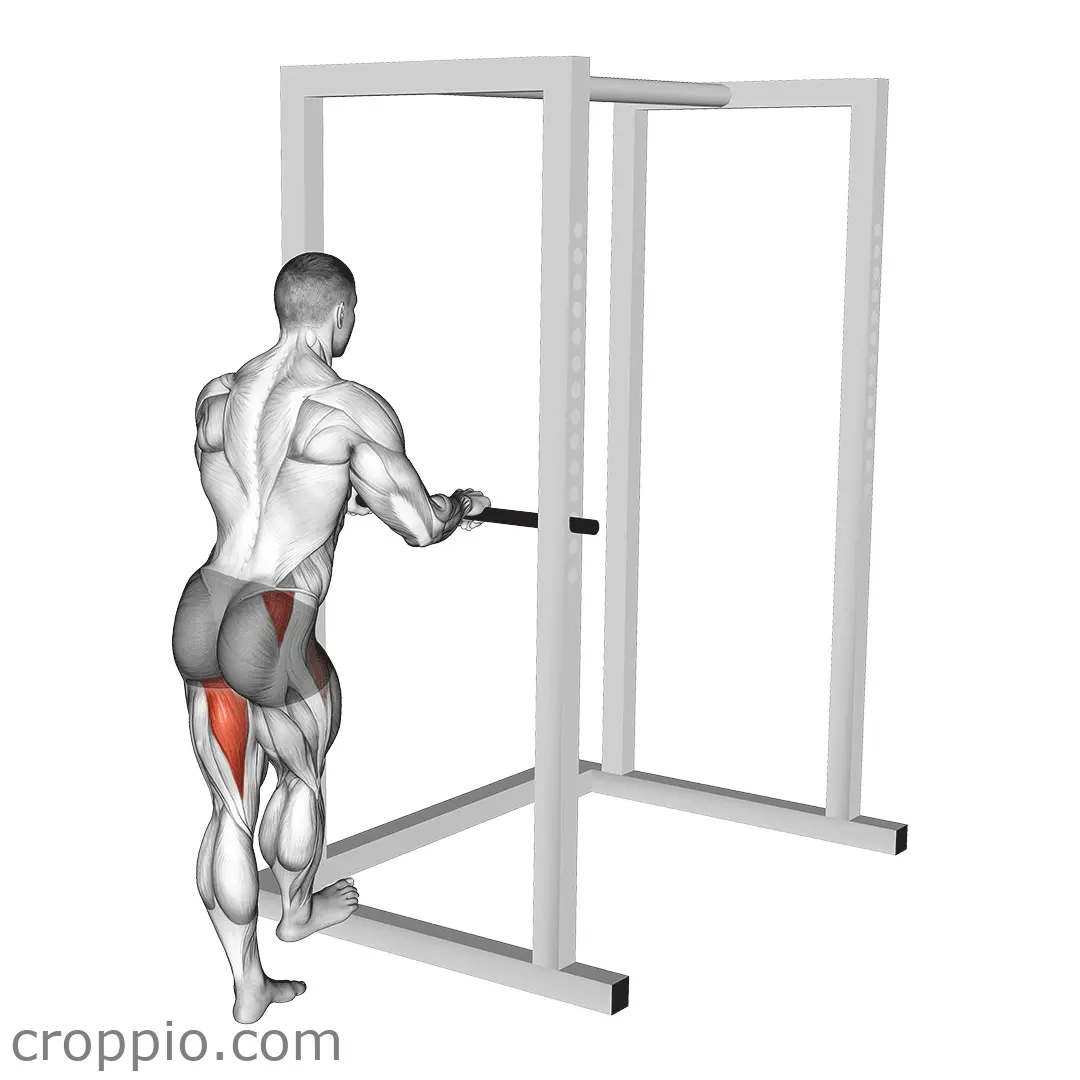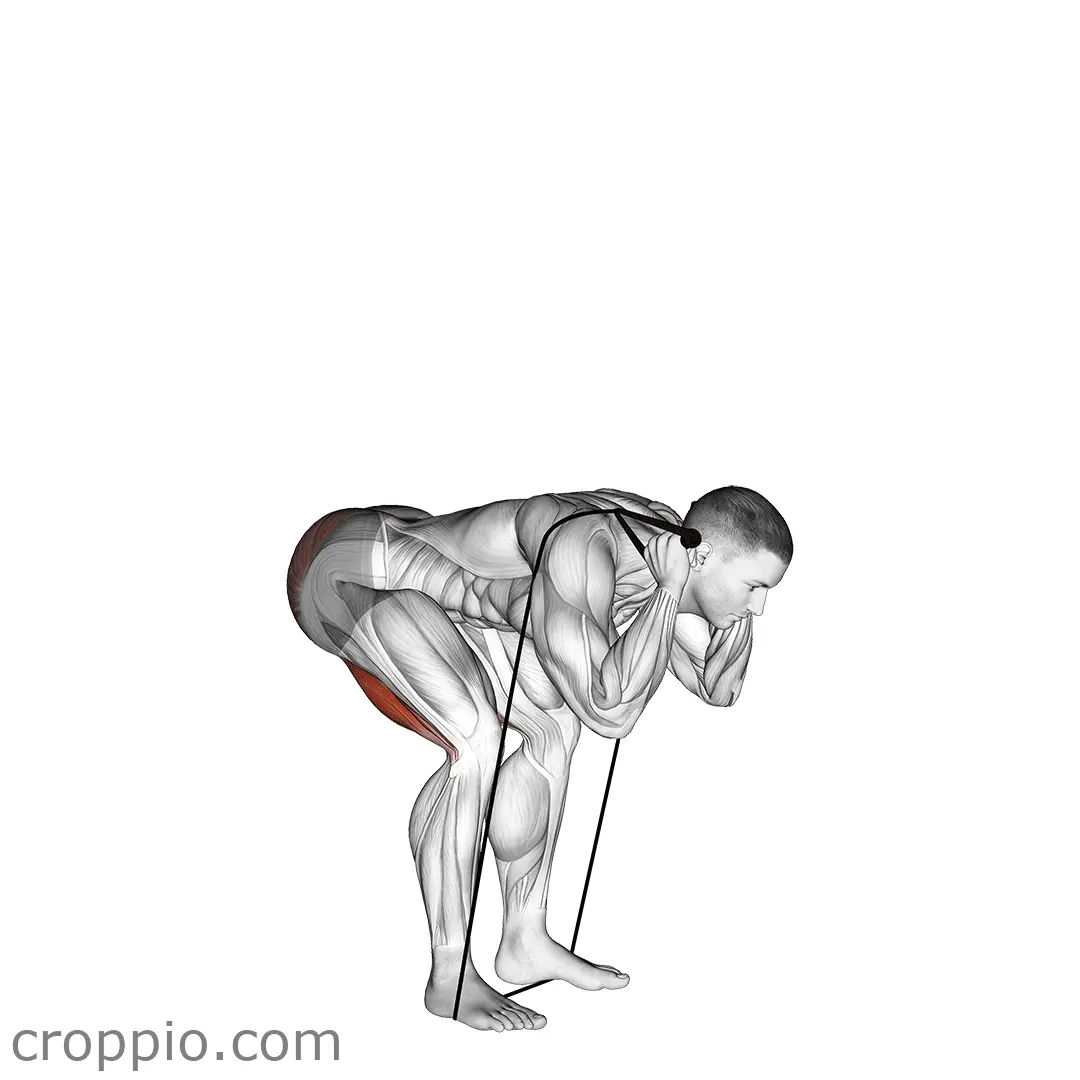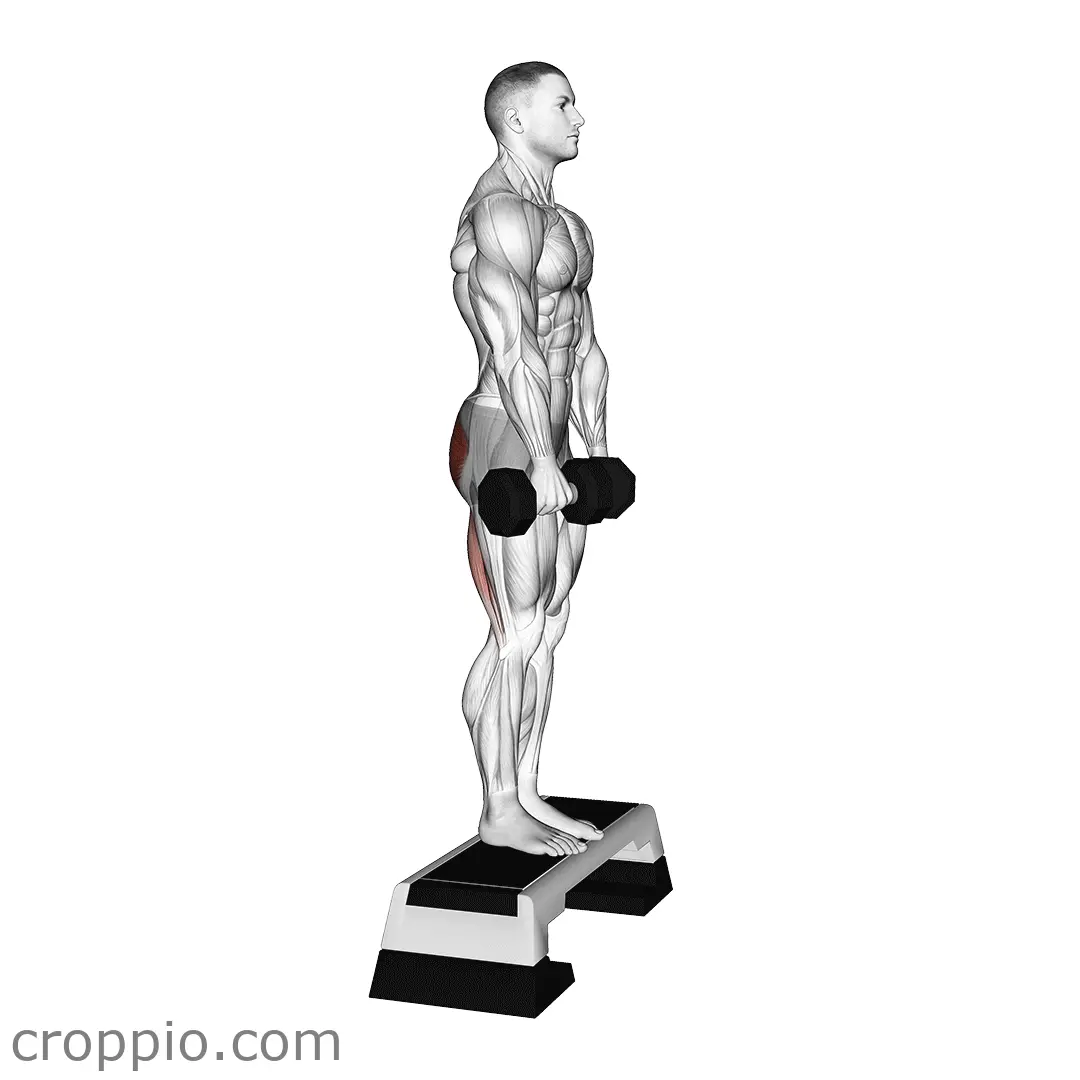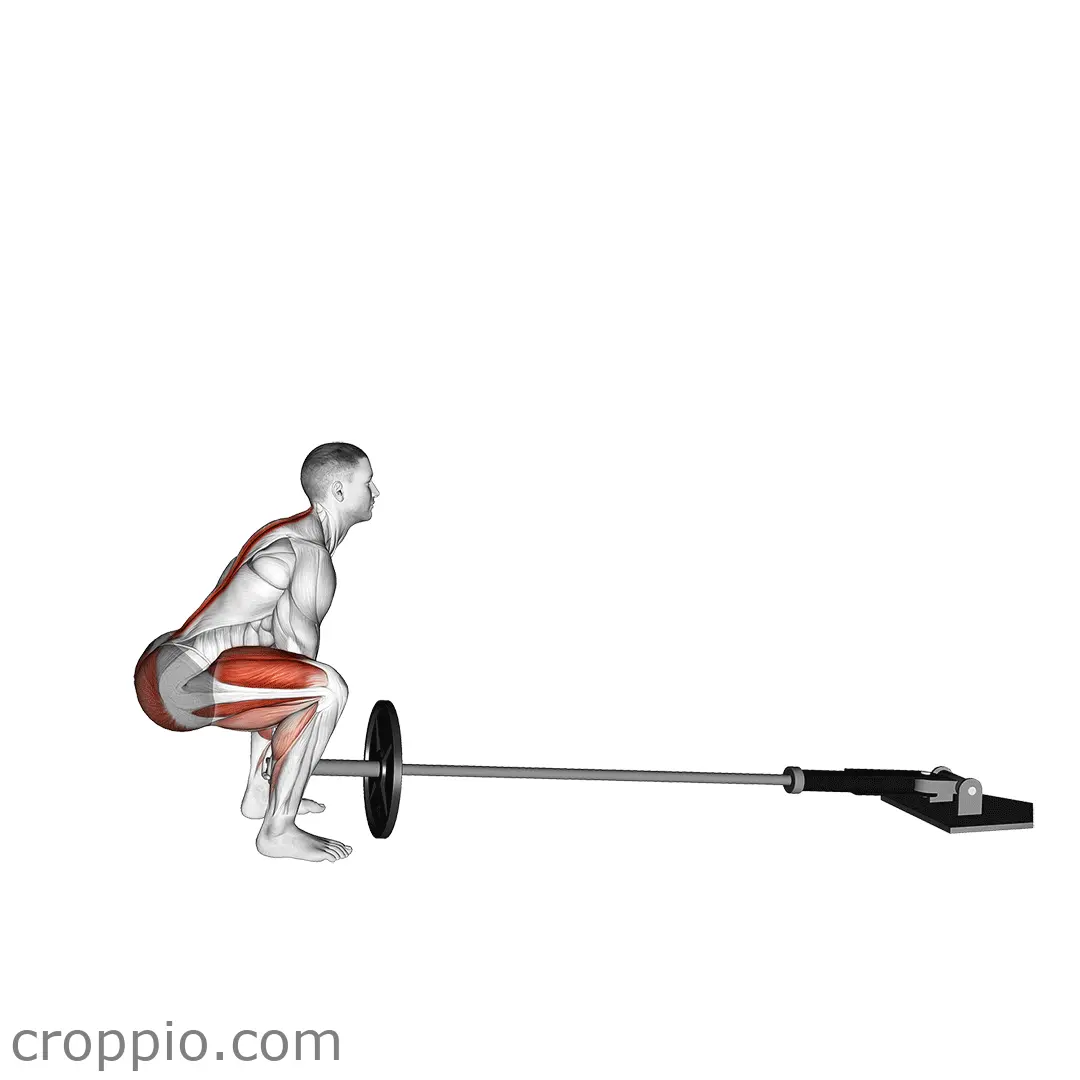Suitcase Deadlift
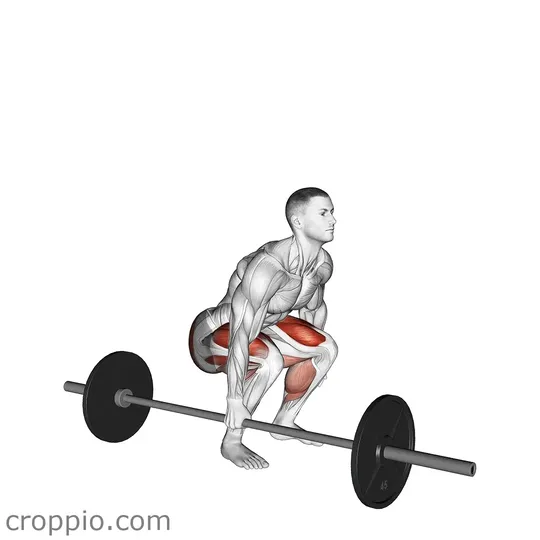
Muscles Involved
The suitcase deadlift is a fantastic exercise that targets multiple muscle groups, helping to build strength and stability. The primary muscles involved include the glutes, hamstrings, and lower back, as they engage to lift the weight from the ground. Secondary muscles include the quads and upper back, which contribute to maintaining posture and balance during the lift. Core engagement is also vital as it helps stabilize the torso and protects the spine, making it a functional movement that translates well to everyday activities.
Top Mistakes
- Improper setup: Failing to align the kettlebell or dumbbell with the middle of your foot can cause uneven weight distribution.
- Rounding the back: Allowing the spine to round during the lift can increase the risk of injury.
- Lifting with the arms: Relying too much on the arms for the lift rather than pushing through the legs can lead to poor form and reduced effectiveness.
- Inadequate core engagement: Not engaging the core properly can compromise stability throughout the movement.
Execution Tips
- Stand with your feet shoulder-width apart and place a dumbbell or kettlebell next to your foot on one side.
- Bend at the hips and knees to grip the weight handle with one hand, ensuring your back stays straight and your chest is up.
- Engage your core before initiating the lift, focusing on pushing through your heels to lift the weight while keeping the other hand on your hip for stability.
- Maintain an upright torso throughout the movement, and avoid leaning forward or letting your back round.
- Lower the weight with control, following the same path on the way down, to ensure muscle engagement is consistent.
Workouts
The suitcase deadlift can be effectively incorporated into a full-body workout or a lower body session. A recommended approach would include 3 to 4 sets of 8-12 reps per side. Pair it with exercises such as goblet squats, lunges, or kettlebell swings for a well-rounded routine. Allow 60-90 seconds of rest between sets to ensure optimal recovery between efforts.
Conclusion
Incorporating the suitcase deadlift into your workout regimen offers numerous benefits, including improved functional strength, enhanced core stability, and better overall balance. By focusing on proper form and technique, you can maximize the efficiency of this exercise while minimizing the risk of injury. With consistency, you'll find yourself stronger and more coordinated in both your workouts and daily activities.
